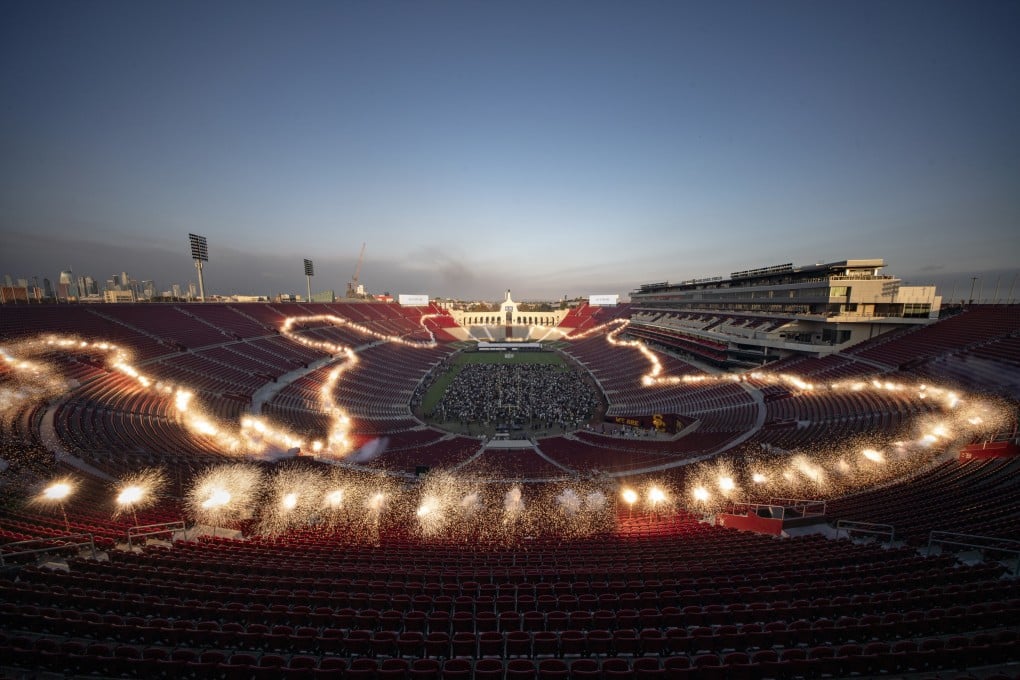Inside the biggest art event in the US, featuring 800-plus artists
Combine over 800 artists in various mediums, and US$20 million in funding from The Getty Foundation, and you get ‘PST ART: Art and Science Collide’

Grass sways to the movements of Martian winds, a woman sits in a launderette she’s never visited speaking words she never said, 2,000 drones move in harmony to “paint” the Los Angeles sky, an artist through experimentation recovers ancient, traditional skills of cochineal dyeing, a Hong Kong amateur qigong practitioner seeks connection of human and plant energy matter.
Launched in September, “PST ART: Art and Science Collide”, which includes these extraordinary moments, is “the largest art event in the US”, according to The Getty Foundation president Katherine Fleming. Getty provided US$20 million in grants, including a substantial proportion for exhibition research.
Where exactly do art and science collide? What results from these collisions? Responses to these questions are presented across dozens of museums, galleries and community spaces across Southern California by more than 800 artists, in media including gunpowder, gardens, fabric, architectural installations, photography, paint and ink.

As Ada Limón, the US Poet Laureate, writes, “We are creatures of constant awe, curious at beauty […] it is not darkness that unites us, […] but the offering of water, each drop of rain, each rivulet, each pulse, each vein.” A handwritten draft of Limón’s poem In Praise of Mystery: A Poem for Europa (2023) is on show at the Nasa Jet Propulsion Laboratory exhibition “Blended Worlds: Experiments in Interplanetary Imagination” (at Brand Library & Art Center in Glendale, until January 4).
The poem is engraved onto the Europa Clipper spacecraft, along with the names of 3,512 Hongkongers, among 2,620,861 Earthlings. Also on board (and on view in this exhibition, in replica) is a plate engraved with 100 waveforms of “water” in different languages. Hopefully the Jupiterians will understand.

